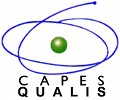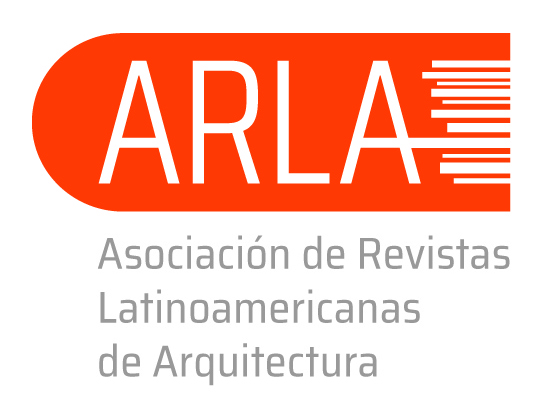Deconstructed urban place in correlation and congruences between mind–territory–society
DOI:
https://doi.org/10.14409/ar.v1i2.934Keywords:
schemas; place; physical ; symbolic; socialAbstract
Since the objective of developing alternative strategies of projectual knowledge of socio-physical character inside of an urban development focused on the environment of man, on the premise that considers the city as a complex articulation of places (in anthropological sense), a joint strategic between following essential dimensions of place, comes under investigation social practices relating to certain groups of humans; the meanings of these practices for the groups that develop and the rest of the groups of a particular place; features that form the stage make support to social practices and the significance that these and social practices were loaded.
The basic hypothesis states that: depending on configuration schema socio-physical - symbolic of articulation of these elements, or genetic scheme in place, will emerge the keys to understand whether or not, are given in a particular urban place the preconditions for developing participatory processes of urban environmental planning.
Beginning in this work hypothesis underlying a possible response based on the strategic joint between: socio-physical congruence (refer to the adequacy of a specific stage for sustainable social practices deployment level) and socio-symbolic correlation (refer to the coherence between the meaning projected from different human groups of activities associated with a particular stage).
Published
How to Cite
Issue
Section
License
ACCESO ABIERTO
ARQUISUR Revista es una publicación de acceso abierto y sin ánimo de lucro. No se imputan cargos por la recepción, revisión, evaluación, publicación ni acceso a sus contenidos. Se distribuye bajo una Licencia Creative Commons CC Atribución-NoComercial-SinDerivadas 4.0 Internacional (CC BY-NC-ND 4.0): No se permite un uso comercial de la obra original ni la generación de obras derivadas. Esta licencia no es una licencia libre, y es la más cercana al derecho de autor tradicional.
DESCARGO
Los criterios expuestos en los artículos son de exclusiva responsabilidad de sus autores y no reflejan necesariamente la opinión del Comité Editorial ni de la Dirección Editorial Técnica. Los derechos de los artículos publicados pertenecen a sus autores o editoriales. Los autores ceden sus derechos de publicación al Centro de Ediciones de la Universidad Nacional del Litoral de Santa Fe, Argentina.














